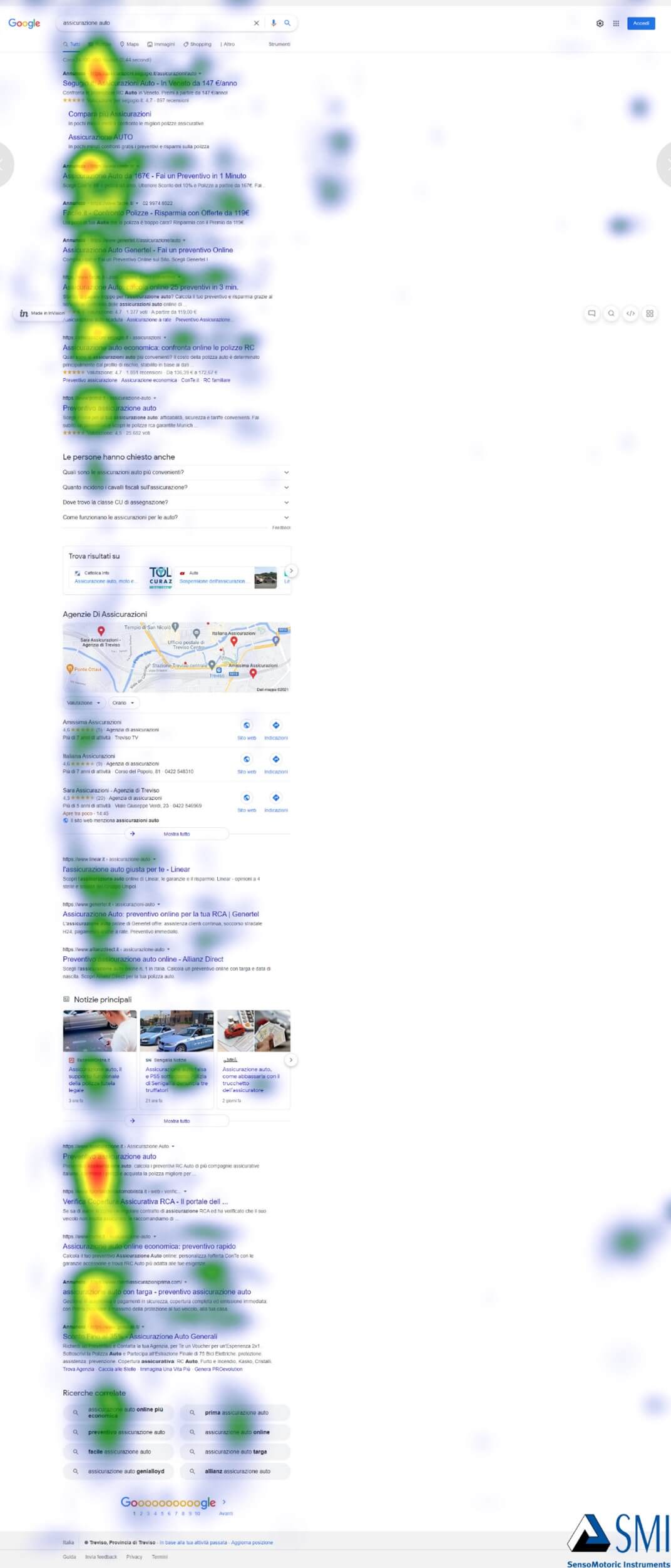Do Google algorithm updates improve people’s search experiences?
Google is the world’s most used search engine and sets standards for people’s navigation, search and listen to the people and for people. For this reason, it is essential for us SEO consultants to follow its algorithm updates and rules that change the way people get in touch with content. For the search engine, it is increasingly important to establish and maintain a relationship of trust with its users, so what it proposes with the rankings (organic and paid) in the SERP (Search Engine Results Page) must clearly and accurately reflect the content that people will then find on the pages.
It is precisely with this aim in mind that Google, a few months ago, released the Page Title Update, a highly SEO-oriented Google update, because it affects organic results on the search engine.
We already have experimented what this update entail. Today we can discover together what the Menlo Park giant recommend, and, we can ask ourselves some fundamental questions: above all, how is this update perceived by people? Are the changes really appreciated by surfers?
Let’s find out together in the following paragraphs.

Why does Google replace SERP titles?
As mentioned above, Google informs us that the recent SEO update changes the generation of SERP result titles to reflect as much as possible the content of the pages, regardless of the queries used by users. The main reasons why a title can be changed are:
- Excessive length
- Presence of too many keywords (called Keyword Stuffing)
- Presence of repetitive language or “boilerplate” content (such as calling the site homepage “Home”)
What has been changed by Google and how: the first field-tested cases
Google has also made it clearer when this system should intervene:
- Half-empty titles
- Titles considered obsolete
- Inaccurate titles
- Micro-boilerplate
When modifying titles, Google may consider other page elements and use them instead of the title tag, favouring the most prominent ones on the page, such as the H1 tag. In other cases, it is a question of slight but important changes, such as adding numbers and dates or replacing a single word, which can still affect the CTR (Click-Through Rate).
Following this update there have been many reports of titles being changed or replaced altogether. Several articles collect them and give some examples:
- Replacing titles with H1 and other shorter and/or more meaningful heading tags (H2 or H3).
- Addition of breadcrumbs elements and subcategories to titles, especially for product pages.
- Adding numbers or dates to titles, in particular for blog articles (numbers were inside H1 or H2 tags, or the date of publication.)
- Replacement of pipe (|) by dash ( – ), where the brand name was also added in the snippet.
- Use of the alt elements and filename of images.
Google’s answers on replacing title tags
In response to questions that have arisen after these changes, Google has issued these clarifications:
- The title tag remains for the most part the most used element, and thanks to user feedback and reports, the percentage of times the title is taken into account has been increased from 80% to 87%.
- Title changes have no effect on ranking, they merely change what is shown in the SERPs.
- It is not recommended to blindly replace the original title with the one that is displayed in SERPs. This is because the result of the algorithm is not necessarily the best title for the page, but there are cases where this might suggest improvements to the title.
Google’s advice therefore remains the same: continue to use effective title tags, as they are in any case the most used element to generate SERP titles. In addition, it is still possible to monitor SERP titles and any changes in CTR to assess whether a change in the tag title might be useful, to describe the page content even better.
What are people telling us when they interact with the new titles in the SERPs?
But the real question we ask in TSW, beyond the technical ones pertaining to SEO, is: will this update help people find what they are looking for? Understanding whether Google’s release of the page title update achieves this goal is certainly not simple and requires a precise and rigorous study of what changes have been made.
However, it is possible to get a general idea of what people observe when they are confronted with a Google search results page. We decided to find out by means of an eye tracker test, an instrument that tracks eye movement, commonly used in experimental psychology studies: in this way, we were able to observe and define patterns of observation on the search page.
Following a number of clients in the insurance sector and having experienced in our daily work the updating of the titles we deal with for these companies, we have chosen a search query that we monitor: ‘car insurance‘.
We asked 20 people to look at the search page as if they were looking for information for their own policy, from the couch at home. Each of them was able to navigate freely through the page and dwell on the headlines of most interest. Most people got to the end of the page after a quick look and then returned to several of the headlines in the results.
The eye tracker allowed us to collect all the data in an image, the summary heatmap below, which gave us some insight into people’s surfing behaviour.
We have confirmed what has already been observed in the literature, i.e., how people’s attention tends to be concentrated mainly on the left side of the visual field1 and how this, consequently, gives greater visibility to what is located in these spaces. In the specific cases it can be noted that the yellow and red areas are located on dry terms, self-explanatory words and synthetic expressions related to the search query.
These results confirm the choice made by Google, at least as regards the modification and reduction of the various titles by defining a maximum possible character length and the constant search for greater consistency between the results in the SERP and the content of the positioned pages.
